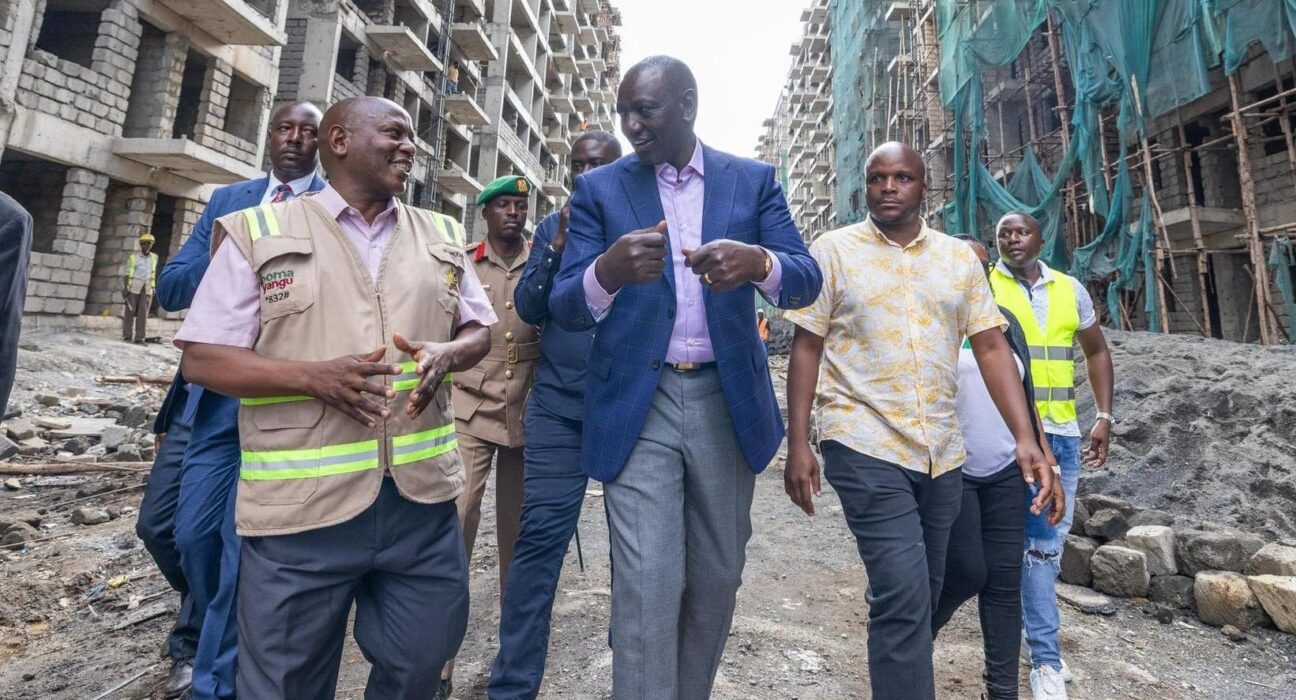Kenya has embarked on an ambitious journey aimed at transforming Kibera, often referred to as Africa’s largest slum, into a modern housing estate as part of its national affordable housing program. The bustling urban settlement of Kibera, located in Nairobi, has long been a focal point for discussions on poverty, inadequate living conditions, and the urgent need for urban development in Africa. With the government’s new initiative, there is hope that this densely populated area, home to hundreds of thousands of residents, will undergo a significant transformation.
The initiative to revamp Kibera is a testament to the government’s commitment to addressing the challenges faced by informal settlements in Kenya. The housing plan aims not only to provide better living conditions for Kibera residents but also to create a model for sustainable urban development that can be replicated in other parts of the country and the continent. By investing in infrastructure, affordable housing, and community facilities, the government seeks to uplift the lives of those living in Kibera and improve the overall urban landscape of Nairobi.
One of the key aspects of the housing plan is the construction of modern housing units to replace the informal dwellings that currently dominate Kibera. These new structures are designed to be not only more structurally sound and safer but also more aesthetically pleasing, creating a sense of pride and ownership among residents. By providing affordable housing options, the government aims to reduce overcrowding, improve sanitation, and enhance the overall quality of life for Kibera’s inhabitants.
Community engagement plays a crucial role in the success of the housing transformation project in Kibera. Residents have been actively involved in the planning process, providing valuable insights into their needs and preferences. By incorporating the perspectives of the people who will be directly impacted by the changes, the government can ensure that the new housing estate reflects the cultural identity and social dynamics of the community. This participatory approach fosters a sense of ownership and cooperation among residents, laying the foundation for a more sustainable and inclusive urban development.
The development of Kibera into a modern housing estate not only has local implications but also carries broader significance for urban development trends across Africa. Informal settlements are a common feature of many African cities, posing significant challenges in terms of housing, infrastructure, and social services. By demonstrating a successful model for upgrading informal settlements, Kenya’s initiative in Kibera can serve as a blueprint for other countries facing similar urban challenges. The lessons learned from this project can inform policies and strategies aimed at improving living conditions in informal settlements across the continent.
In conclusion, Kenya’s ambitious plan to transform Kibera into a modern housing estate underlines the government’s commitment to addressing urban poverty and promoting sustainable urban development. By investing in affordable housing, infrastructure, and community engagement, the project seeks to uplift the lives of Kibera residents and create a more vibrant, inclusive urban environment. While the road to eradicating Africa’s largest slum is long and challenging, the efforts being made in Kibera offer hope for a brighter future for informal settlements across the continent.

